Have you ever sat down to meditate, only to wonder what to do with your hands? You're not alone. While posture, breath, and intention often get the spotlight, your hand position also known as a mudra plays a powerful role in shaping your inner experience during meditation.
In this blog, we'll explore the meaning and impact of meditation hand positions, how they influence your mental state, and how to use them effectively in your daily practice. Whether you're creating a calming meditation corner at home or using a neurotechnology tool like neuroVIZR, knowing how to position your hands can deepen your focus, emotional balance, and mind–body awareness.
What Are Meditation Hand Positions?
Meditation hand positions, or mudras, are symbolic hand gestures used in various traditions of yoga, Buddhism, and mindfulness meditation. Each gesture is believed to direct energy flow, activate certain areas of the brain, and support specific states of consciousness.
Much like acupuncture points or breathwork patterns, mudras are a subtle but powerful tool for enhancing meditation outcomes be it focus, grounding, relaxation, or clarity.
The Science Behind Hand Gestures and Brain States
While mudras originate from ancient spiritual traditions, modern neuroscience is beginning to uncover why they work.
Studies suggest that hand gestures stimulate nerve endings in the fingers, which send signals to the brain. This sensory input can affect your autonomic nervous system shifting you from stress-dominant states (like fight or flight) into parasympathetic calm.
Pairing mudras with tools like light-based brainwave stimulation from neuroVIZR may further enhance these effects. For example, using Alpha or Theta sessions with a grounding mudra can support emotional release and nervous system reset. Also take important tests like, lexiscan thallium stress test.
10 Common Meditation Mudras and Their Meanings
Let’s explore some of the most widely used hand gestures for meditation and how to use them in your own practice:
1. Gyan Mudra (Mudra of Knowledge)
-
Position: Thumb and index finger touch; other fingers extended.
-
Benefits: Improves concentration, activates memory, supports clarity.
-
Use: Ideal for morning meditation or while using neuroVIZR’s Focus session.
2. Chin Mudra (Gesture of Consciousness)
-
Position: Similar to Gyan Mudra, but palms face up.
-
Benefits: Enhances energy flow and lifts mood.
-
Use: Good for seated meditation or open-eye meditation.
3. Dhyana Mudra (Mudra of Meditation)
-
Position: Both hands rest in the lap, right over left, palms up.
-
Benefits: Encourages inner stillness and emotional balance.
-
Use: Common in Zen and transcendental meditation practices.
4. Anjali Mudra (Prayer Position)
-
Position: Palms pressed together in front of the heart.
-
Benefits: Cultivates gratitude, self-love, and inner peace.
-
Use: Great for morning meditation for positive energy.
5. Apana Mudra
-
Position: Thumb, middle, and ring fingers touch; other fingers extended.
-
Benefits: Detoxifies and grounds energy.
-
Use: Perfect for grounding meditation and post-work sessions.
6. Shuni Mudra
-
Position: Thumb and middle finger touch.
-
Benefits: Builds patience and discipline.
-
Use: During longer sits or 30-day meditation challenges.
7. Buddhi Mudra
-
Position: Thumb and little finger touch.
-
Benefits: Enhances intuition and communication.
-
Use: Supports meditation for making a decision.
8. Kubera Mudra
-
Position: Thumb, index, and middle fingers pressed together.
-
Benefits: Used to focus on intention or manifest a goal.
-
Use: Common during goal-setting at a meditation retreat.
9. Lotus Mudra
-
Position: Palms together with fingers spread like a lotus flower.
-
Benefits: Opens the heart and invites compassion.
-
Use: Enhances meditation abundance or gratitude rituals.
10. Kali Mudra
-
Position: Fingers interlaced with index fingers pointing forward.
-
Benefits: Supports emotional release and personal strength.
-
Use: Helpful during periods of transformation or stress relief meditation.
Deepen Your Mudra Practice with neuroVIZR
While hand positions quietly guide intention, pairing them with subtle neuro‑stimulation can amplify their effect. neuroVIZR stress relief devices is a gentle, non-invasive light‑and‑sound brain wellness device created to deepen the experience of meditation mudras enhancing focus, emotional clarity, and mind–body alignment.
What It Supports:
-
Enhance Gyan Mudra focus with light‑driven Alpha sessions to sharpen clarity
-
Anchor deeper Dhyana Mudra stillness using Theta‑wave guided tones for emotional resonance
-
Combine Apana or Kubera Mudra with grounding visual feedback for deeper intention-setting
Try it after setting your mudra and breath rhythm, notice how your inner field shifts with gentle sensory entrainment.
Guided Practice: Using Hand Positions in Meditation
Here’s how to start incorporating hand positions for meditation into your daily practice:
Step 1: Set Your Intention
Choose a purpose for your session: clarity, calm, grounding, or energy. This helps determine which mudra to use.
Step 2: Choose Your Mudra
Select from the list above based on your goal. For example:
-
Use Gyan Mudra for focus.
-
Try Dhyana Mudra for emotional balance.
-
Select Kubera Mudra for intention-setting.
Step 3: Add Technology (Optional)
If you're using neuroVIZR, combine your mudra with a session that supports your goal:
-
Alpha 1 or 2 → Best for calm focus and emotional reset.
-
Theta Waves → Ideal for deeper introspection, especially with sleep anxiety guided meditation.
Step 4: Anchor in Awareness
Breathe deeply. Notice how the hand gesture feels. Does it stimulate warmth? Calmness? Tingling? These are signs your nervous system is responding.
Bonus: Tools to Support Your Practice
Creating a home meditation room or even a small meditation corner enhances consistency and comfort. Here are a few essentials:
-
Best meditation cushions or floor pillows for posture support
-
A meditation mat or bench for long sits
-
Soothing elements like a singing bowl set, candle, or meditation art
-
Affirmation cards, drawing meditation supplies, or a mantra book
-
Try pairing your mudra practice with 432 Hz meditation music or a sound bowl meditation
neuroVIZR users often find that adding physical elements like mudras and sound therapy deepens the impact of brainwave entrainment, making the whole practice more embodied and restorative.
Beyond the Hands: Why This Matters
When you're meditating, it's not just about sitting still. Every element your posture, breath, hand gesture, environment, and intention sends signals to your nervous system.
Meditation hand positions are a simple, ancient, and powerful way to enhance that signal. They create a tactile “anchor” that keeps you present and helps shape your inner experience.
And when paired with modern tools like neuroVIZR, they become part of a deeper mind–body protocol for resilience, focus, and emotional regulation.
Final Thoughts: Let Your Hands Guide You
You don’t need to memorize all the mudras or become an expert overnight. Just start with one that resonates. Observe how it feels. Try it with and without neuroVIZR. Explore how it shapes your state of mind.
Over time, you’ll build your own intuitive relationship with these hand gestures one that reflects your goals, your body, and your brain’s journey toward calm and clarity.
Ready to Upgrade Your Practice?
Explore brainwave sessions that pair perfectly with meditation mudras.
👉 Shop neuroVIZR Sessions & Devices
Disclaimer: neuroVIZR is a wellness device created to promote relaxation, focus, and overall brain wellness. It is not a medical device, does not provide diagnoses, and is not intended to treat, cure, or prevent any medical condition. The device is not suitable for individuals with epilepsy. Experiences and results may vary from person to person.

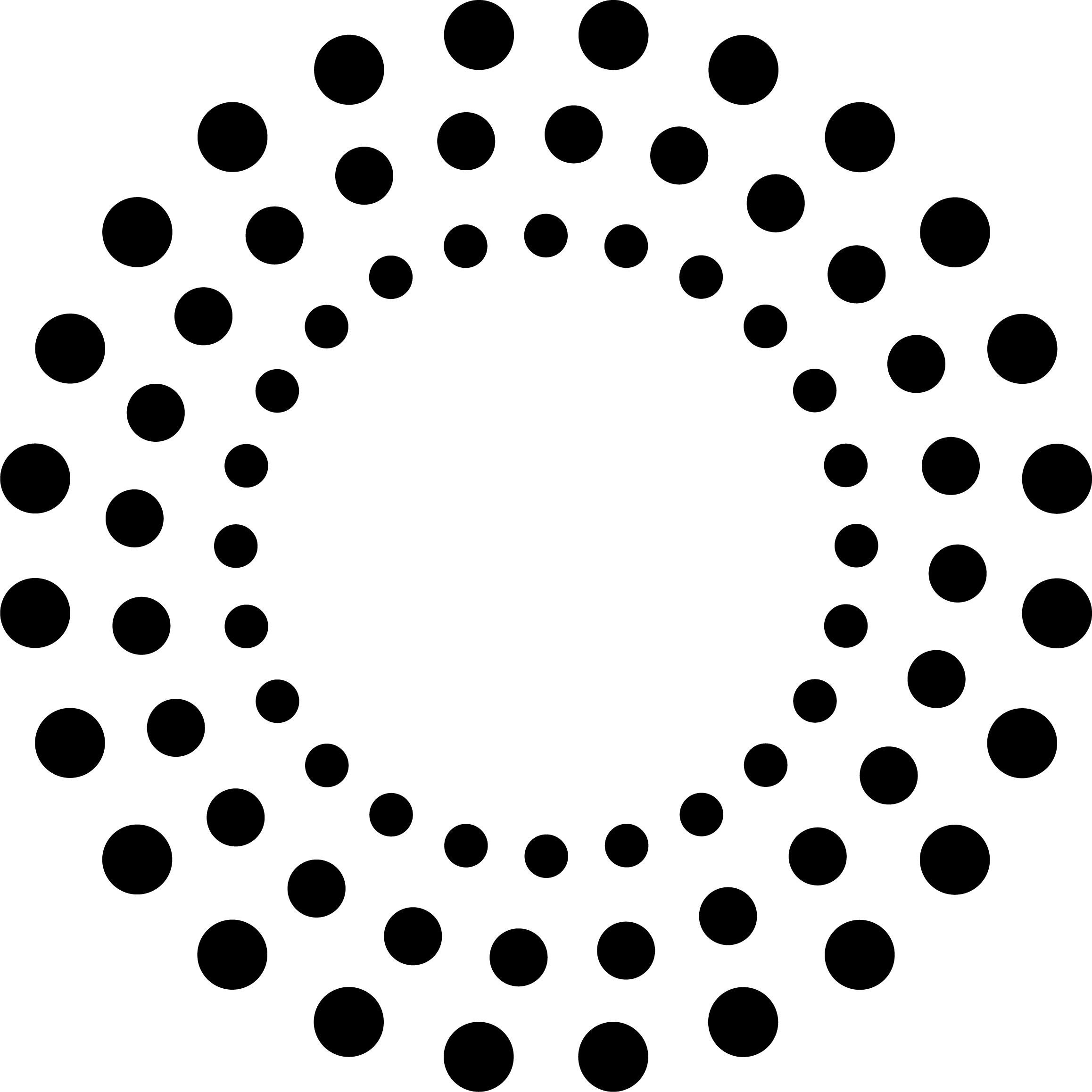

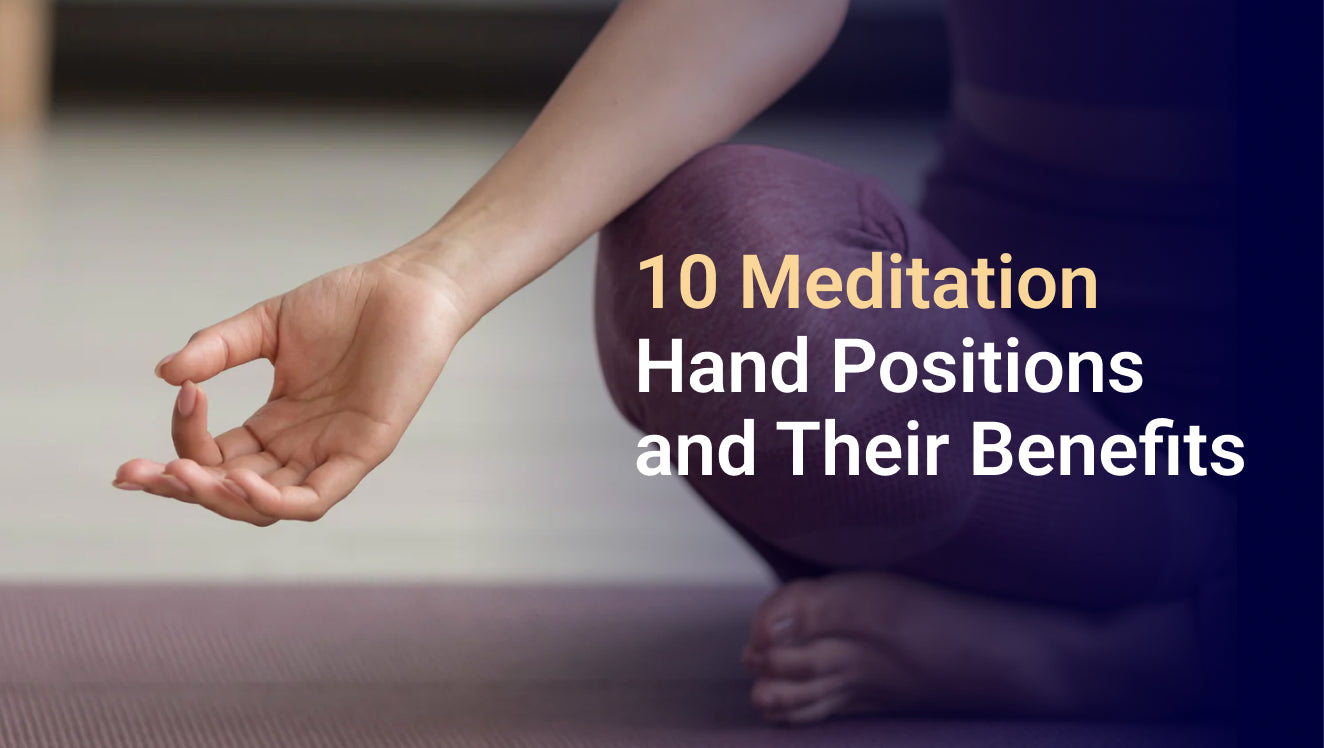




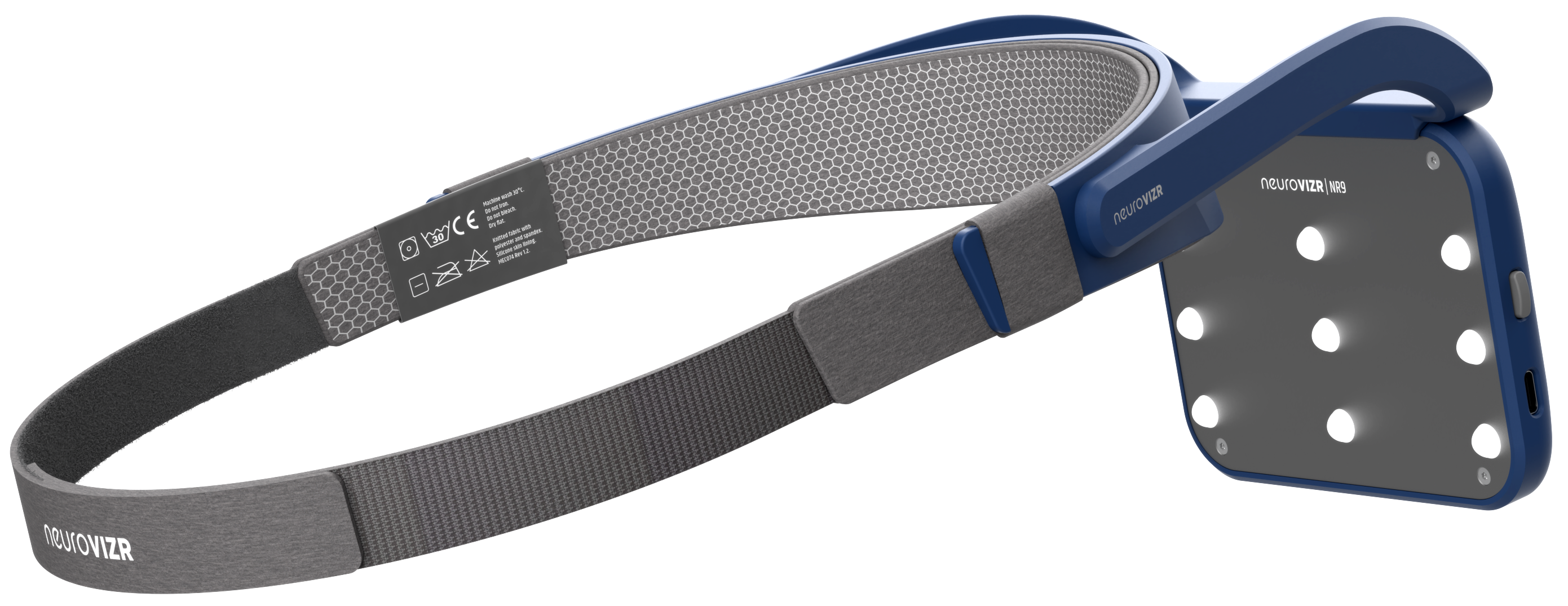
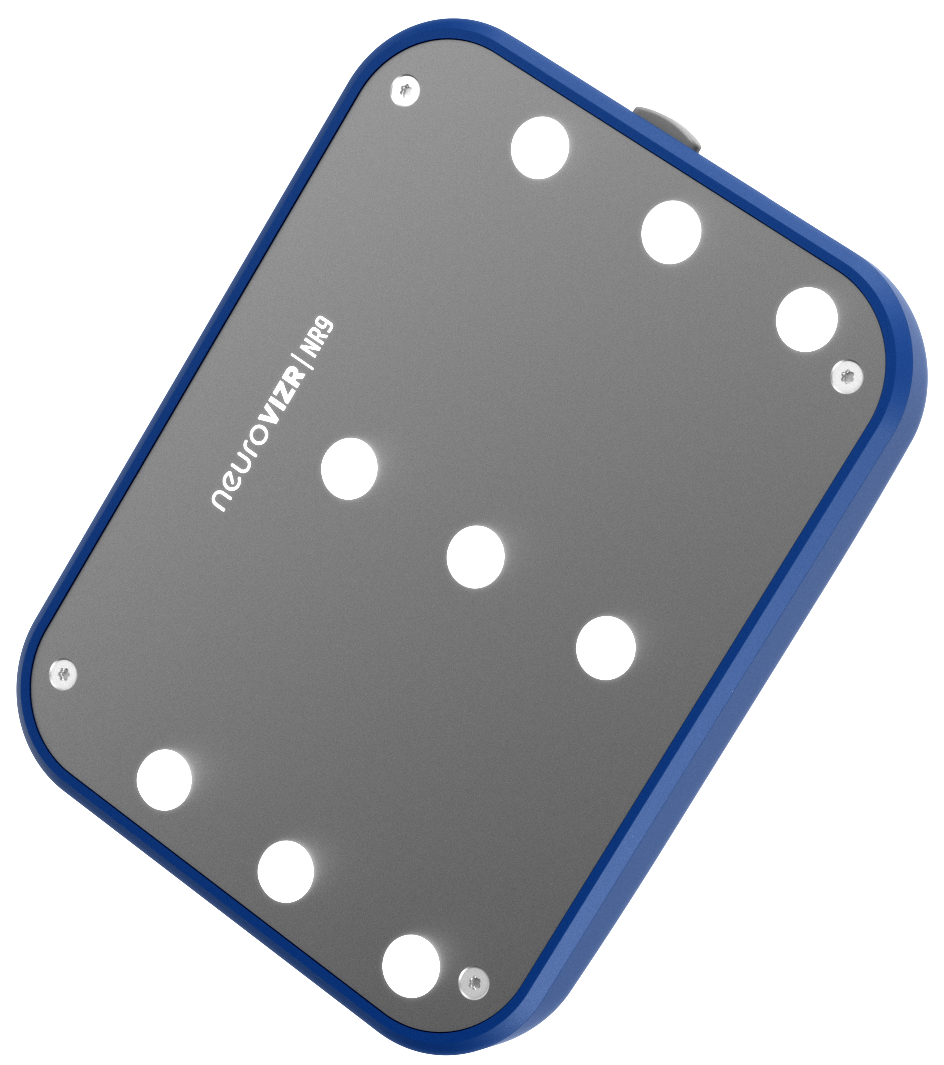
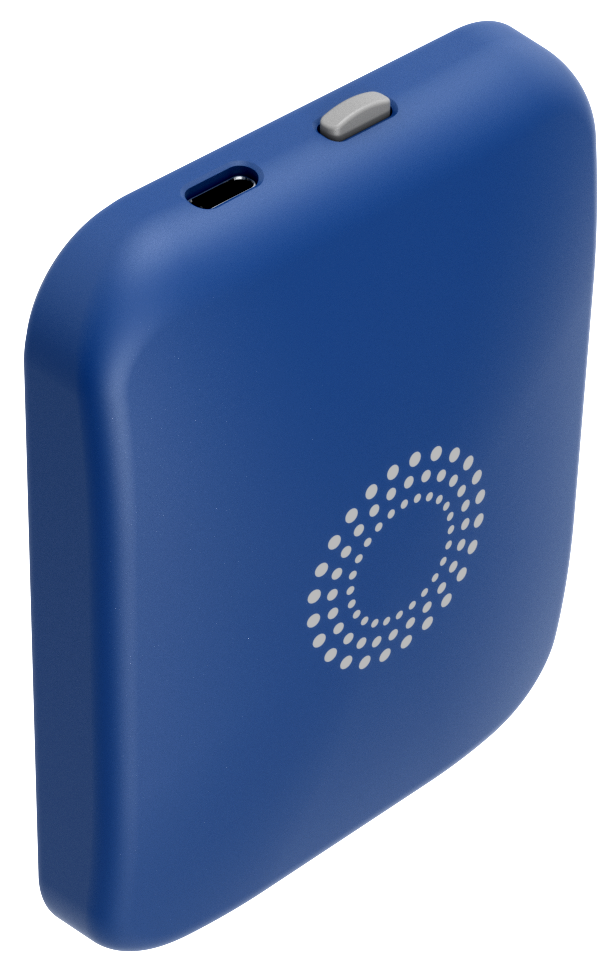
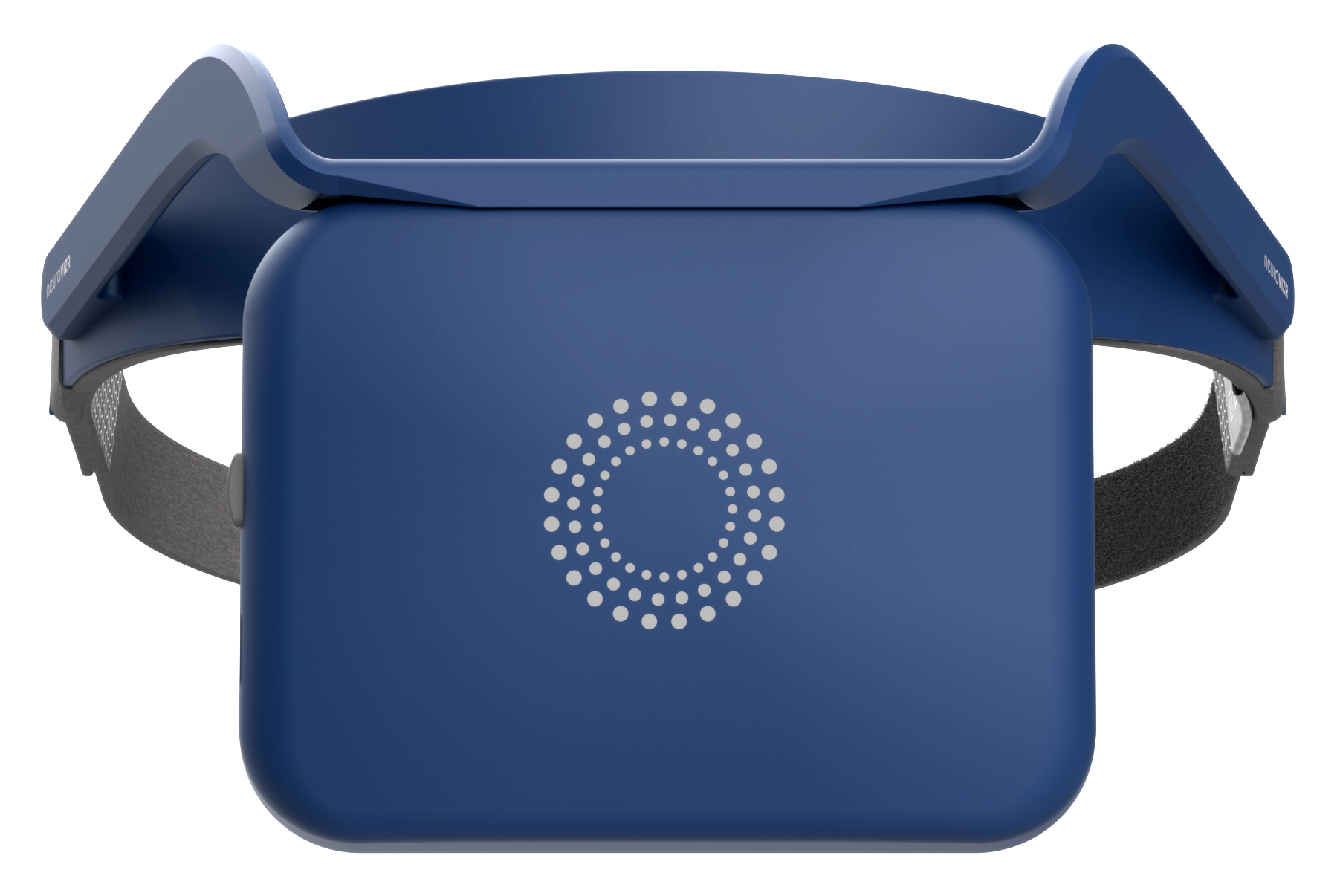
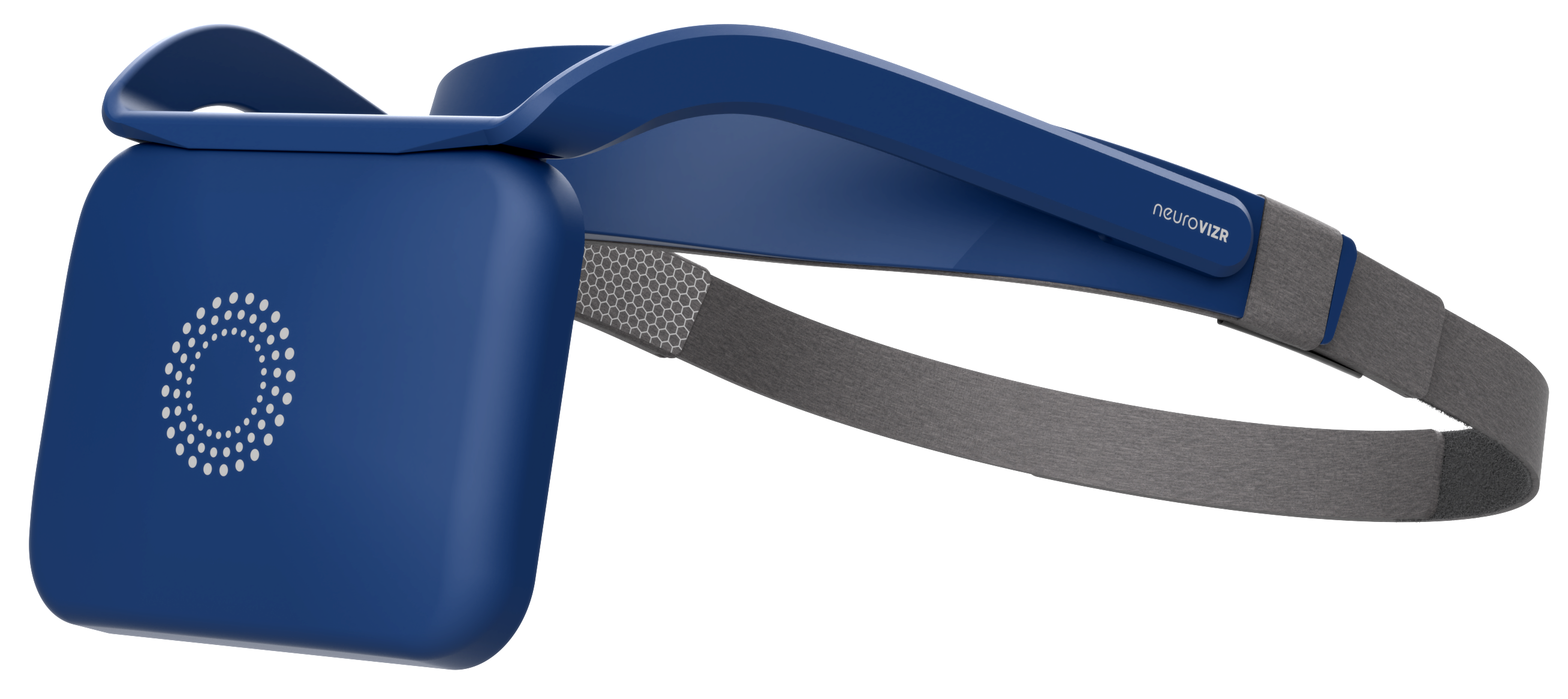

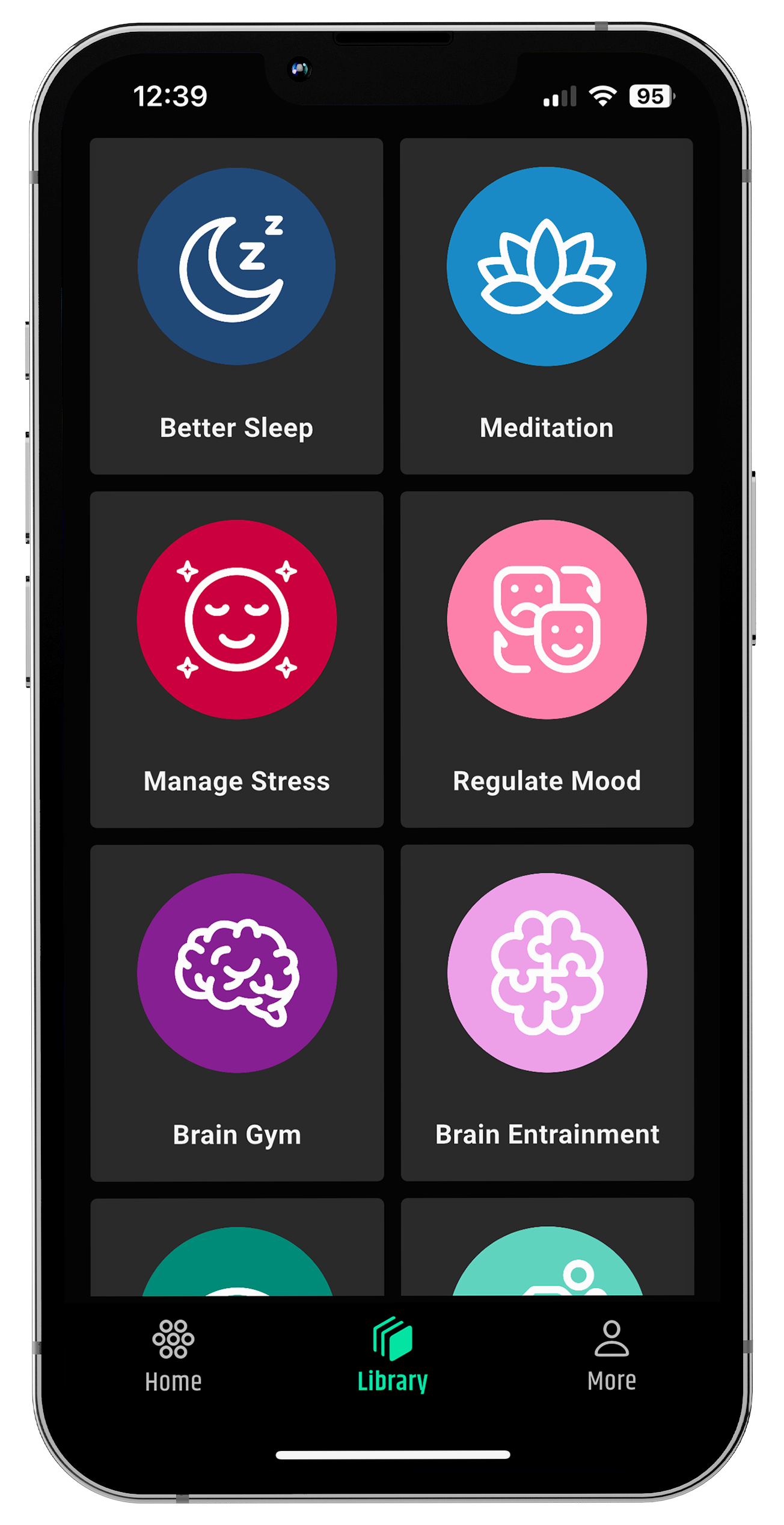
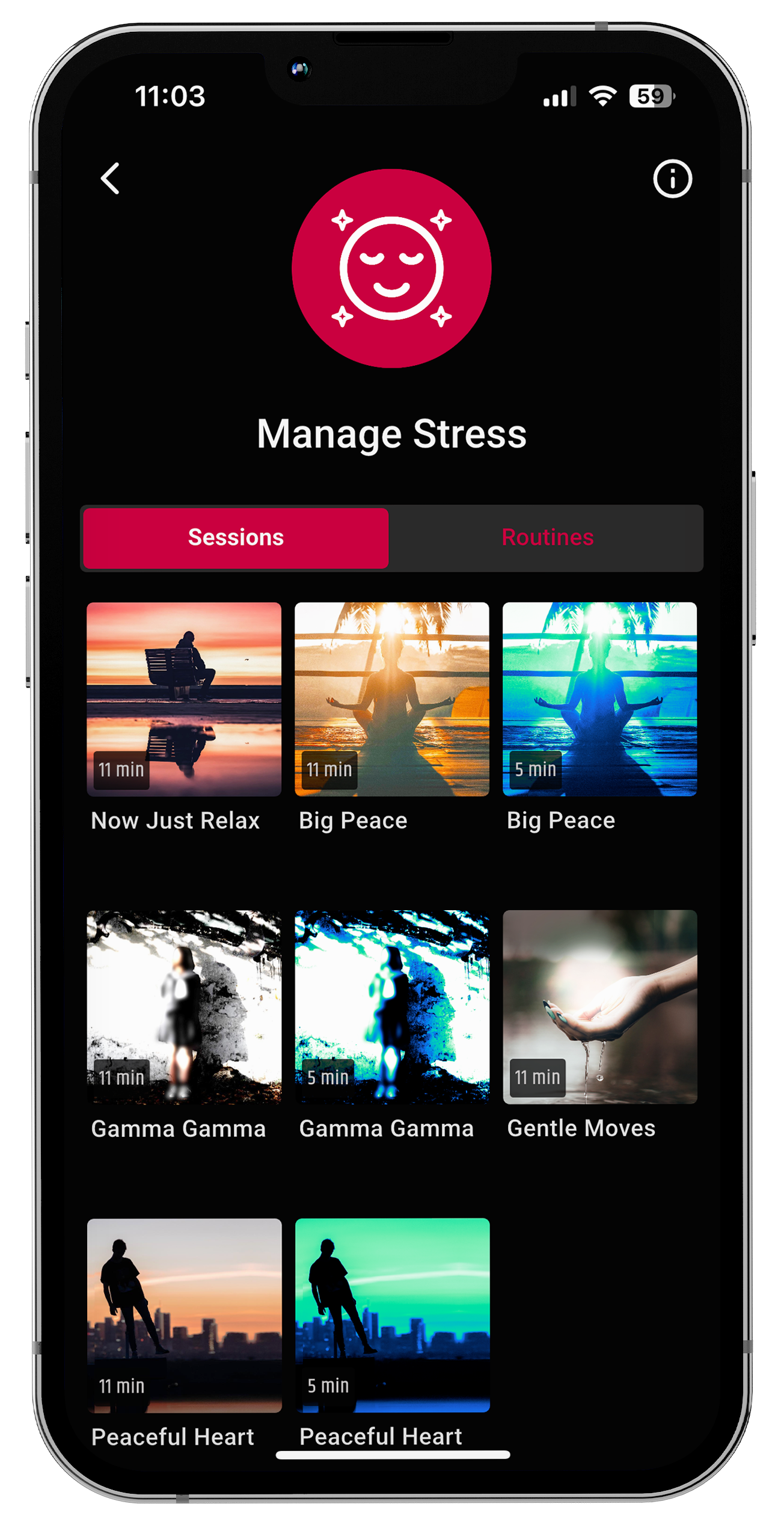
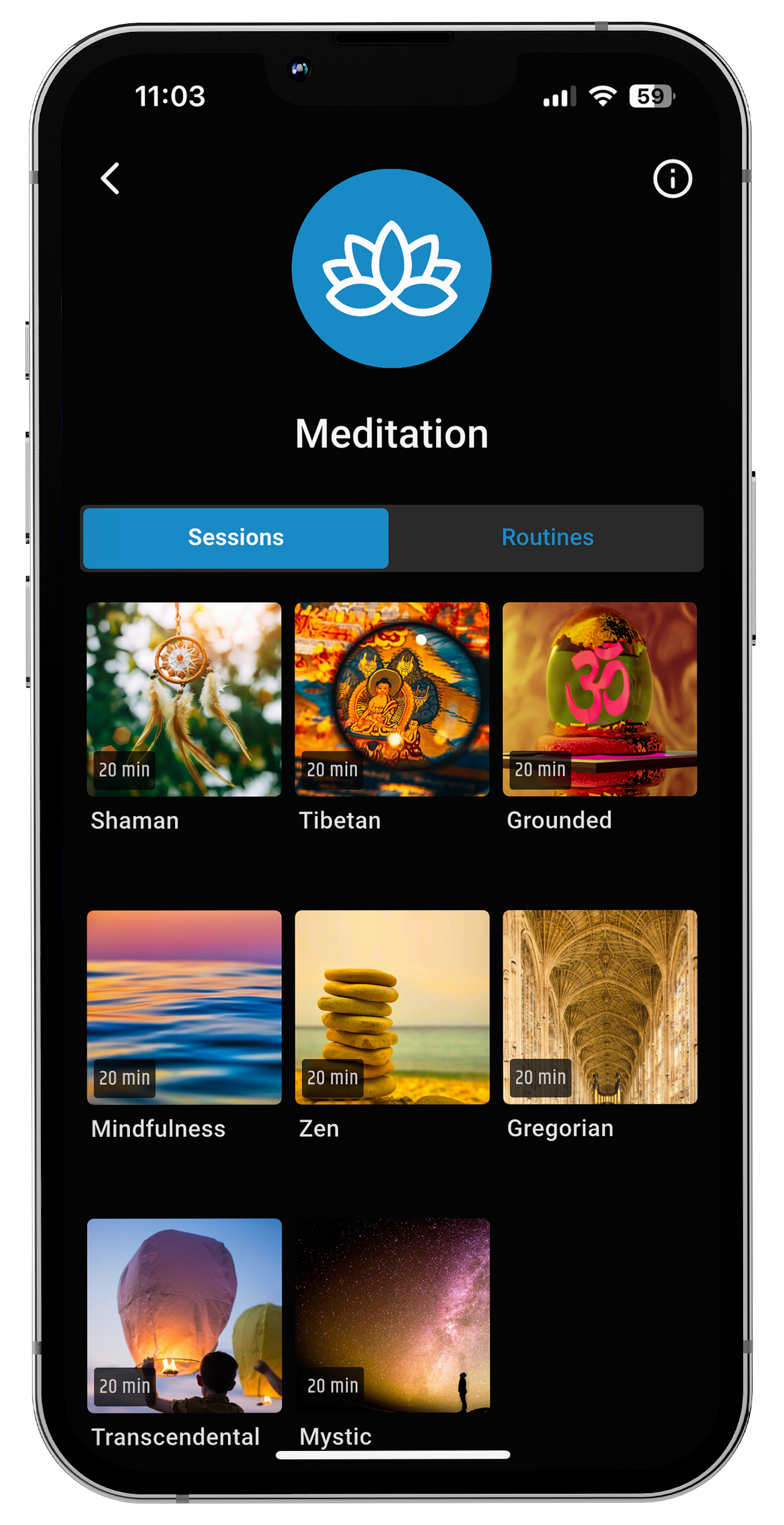

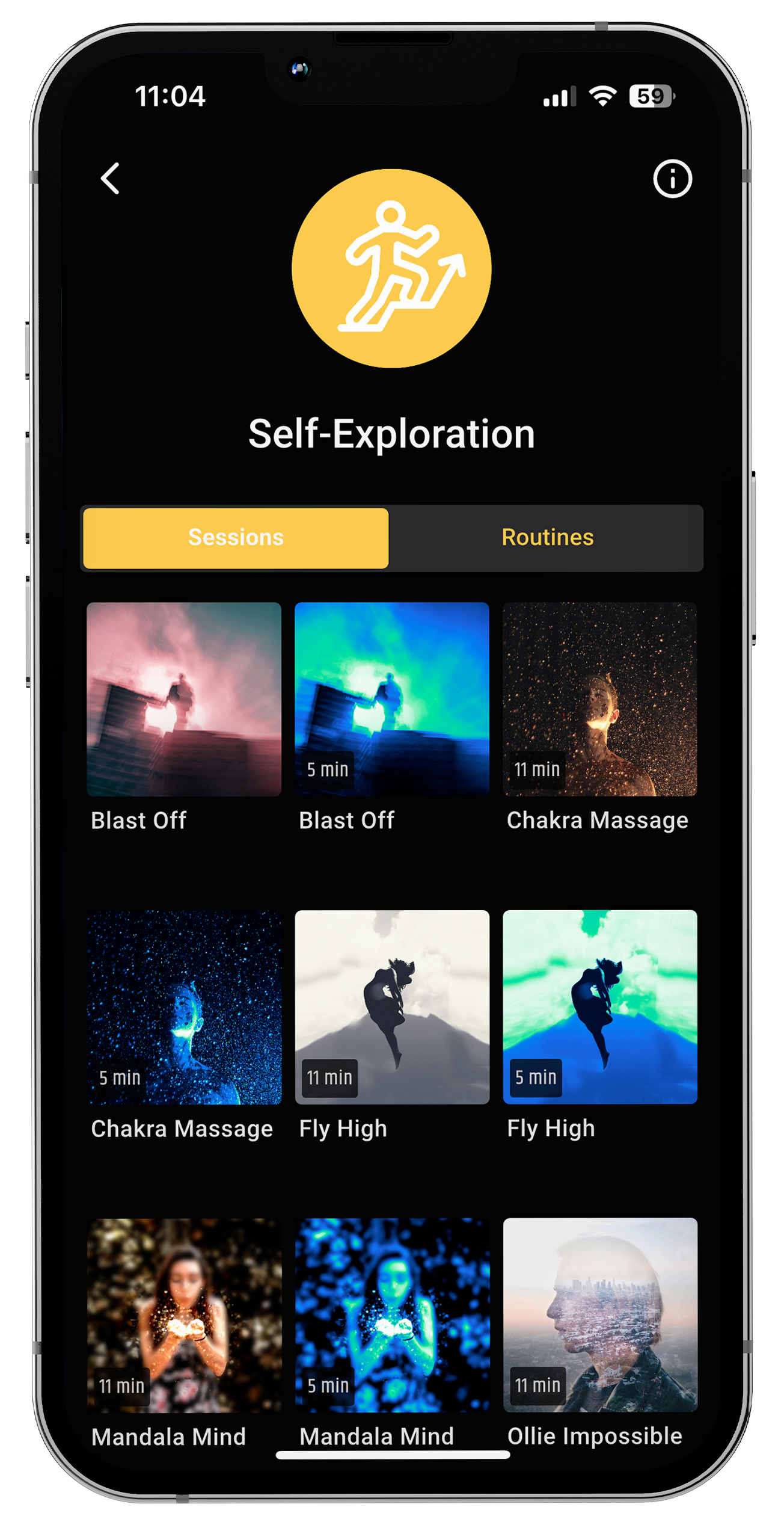
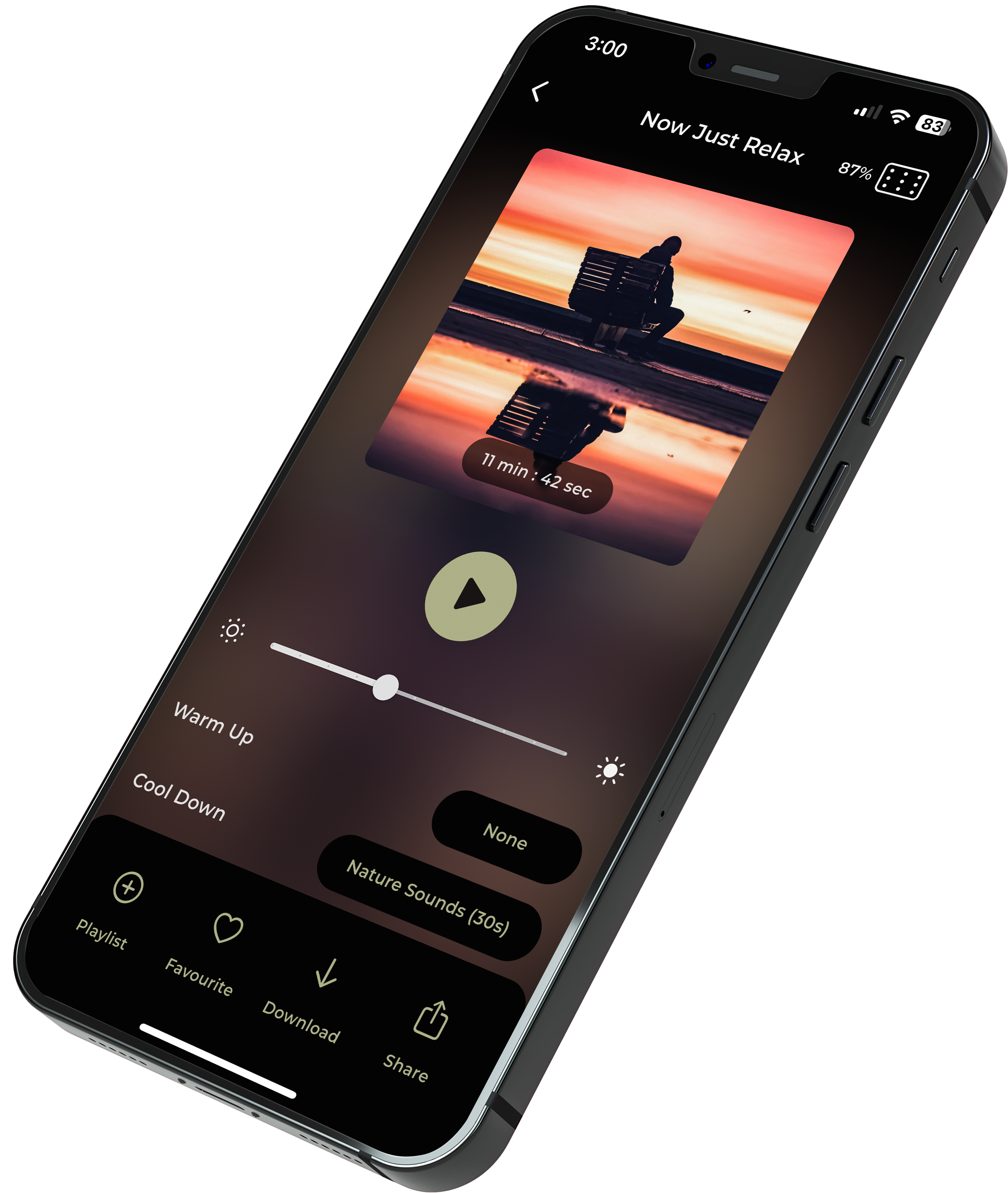


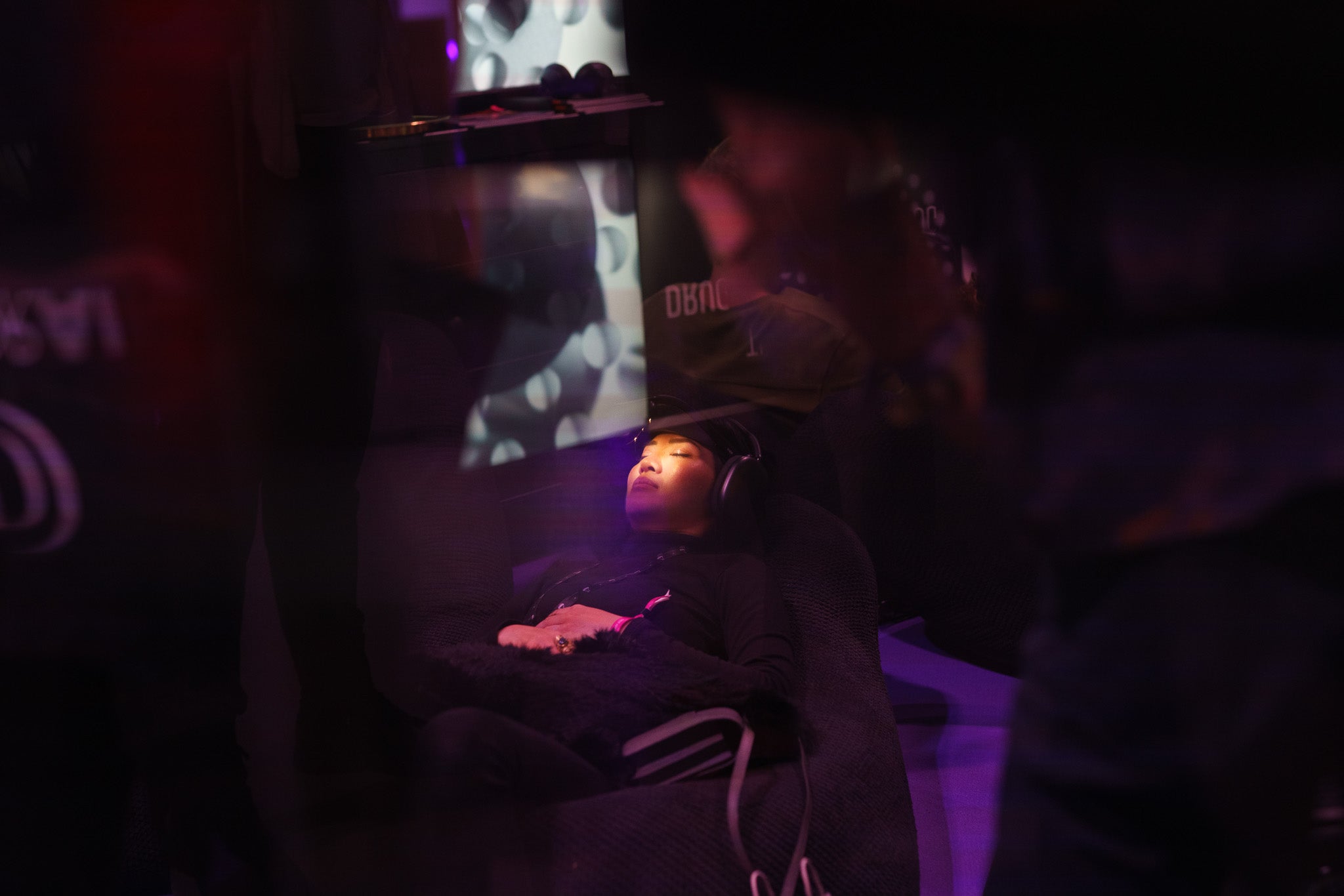





Share:
Anxiety's Antidote: Consciously Focused on the Moment
Thinking vs. Feeling: How Your Personality Impacts Your Decisions?